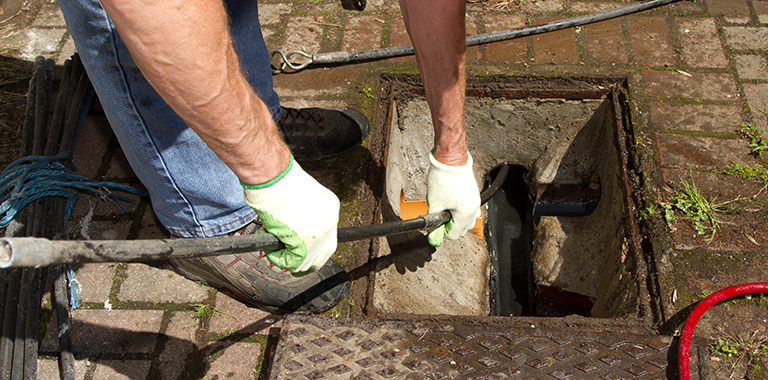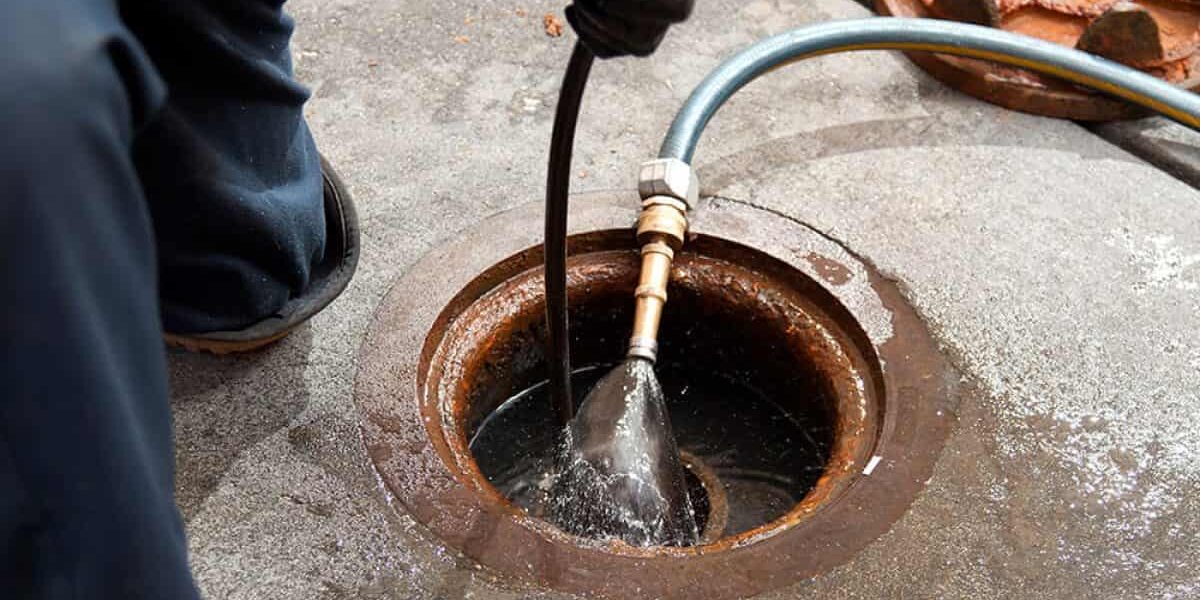Procedures for Managing a Blocked Drain Before Reaching out to Expert Help
Procedures for Managing a Blocked Drain Before Reaching out to Expert Help
Blog Article
Just about every person has their unique idea about Some easy tips to fix blocked drains.

Intro
Dealing with an obstructed drain can be a frustrating experience, interfering with everyday tasks and potentially causing damage to your home. Nevertheless, prior to connecting to pipes experts, there are steps you can require to attend to the issue on your own. In this overview, we'll explore DIY solutions and preventive measures to deal with a blocked drainpipe efficiently.
Recognizing the Issue
The very first step in resolving an obstructed drainpipe is recognizing the indications. Sluggish water drainage, gurgling noises, foul odors emanating from drains, or water support up prevail indicators of an obstructed drainpipe. Recognizing these indications early can aid stop better complications.
Selecting the Right Plumbing Service
When selecting a plumbing solution, think about aspects such as experience, licensing, and client evaluations. Select a reputable plumbing professional with a track record of high quality handiwork and transparent pricing techniques.
Cost Factors to consider
The price of professional drain cleaning company can vary relying on the seriousness of the blockage and the plumbing's prices. Request quotes from several companies and inquire about any additional charges to ensure openness and avoid surprises.
Safety and security Precautions
When attempting DIY drainpipe cleansing, focus on safety and security. Put on safety gloves and glasses to avoid contact with damaging chemicals or bacteria. Never ever mix different drain cleansing products, as this can produce dangerous fumes.
Situation Studies
Real-life examples show the efficiency of do it yourself remedies and the relevance of timely specialist intervention in settling drainpipe clogs.
Common Reasons For Obstructed Drainpipes
Recognizing the factors that add to drain pipes clogs is crucial for efficient resolution. Common perpetrators consist of hair, soap scum, oil, food particles, and international items like sanitary items or paper towels. Tree roots attacking below ground pipes can additionally create significant clogs.
Do it yourself Solutions
For small blockages, numerous DIY services can be effective. Pouring boiling thin down the drain can help liquify oil and particles. Baking soda and vinegar or a mixture of salt and baking soft drink can serve as natural cleansers. Utilizing a bettor or plumbing snake to displace obstructions is another option.
Devices and Tools
Having the right devices handy can make DIY drainpipe cleansing much more reliable. A plunger is a functional device for clearing obstructions in sinks, bathrooms, and showers. A plumbing snake or auger can get to deeper clogs, while drain cleansing chemicals can be used meticulously for persistent clogs.
Safety nets
To avoid future obstructions, embracing safety nets is critical. Install drainpipe guards or strainers to capture hair and particles before they enter the pipes. Frequently flush drains pipes with warm water to liquify oil accumulation, and avoid dealing with oil or strong waste down the drain.
When to Call a Specialist
While do it yourself services can settle small blockages, certain signs suggest the requirement for expert support. Consistent obstructions, foul odors regardless of cleansing initiatives, or several drains pipes supporting all at once are red flags that require professional treatment.
Final thought
By following the suggestions described in this overview, you can properly take on obstructed drains and avoid future pipes issues. Whether going with DIY services or seeking expert support, timely activity is vital to preserving a healthy and balanced plumbing system and protecting the stability of your home.
WHAT I LEARNED FROM TRYING TO DEAL WITH A CLOGGED DRAIN
We have had our share of seepages and other annoying things that are part of living, especially in an apartment complex. And if there’s one thing that’s terrifying for a homeowner—or even someone in a rented home—it is a clogged drain, indoors or outdoors.
We enjoy our living space, but it’s simply a fact of life that dead skin, soap and a host of other items go down the drain; eventually, the residue builds up and prevents anything from moving. Ugh.
Not Calling A Professional
Of course, it might seem simple to just whip the pipe off under the sink and see if you can unblock it. Unfortunately, what if the blockage isn’t there, or you don’t reconnect it properly? Worse, you might break a piece and have no drainage system. Can you imagine that scene? Yuck!
Not Watching Your Waste
This will sound d’uh, but the best tip I can give you for drain cleaning is to avoid clogging the drain in the first place! You can do this by monitoring what goes down the drain and catching the items which are most likely to give you a problem. Invariably hair, vegetable peels, and large wads of toilet paper are the most obvious culprits. Add a filter—these are available in hardware stores and can be removed and cleaned easily.
Poking The Drain
The first urge with a clogged drain is to poke at it with a stick or anything that resembles a stick. Sadly, this does not result in magically solving the issue. The mental image is, naturally, one of the stick just pushing through the offending item and all is well again. Reality is quite different and unpleasant and likely to lead to further problems.
The thing is, every drain has a series of bends that are not visible to us. Drains are built this way to prevent gases from entering the house. What happens when you poke a stick into the drain? Of course, it can’t bend around the corner. The more adventurous people will use force and end up wedging the stick or causing it to break off in the pipe—creating an even bigger issue. Worst thing? The stick will shift the block further down the pipe, creating the space for more to collect. Go ahead! Roll your eyes!
Using The Wrong Plunger
You know what they say: the right tool for the right job! Did you know there are different types of plungers besides the basic one we keep at home for an emergency? Yes, there are. For example, the toilet plunger has a bell-shaped bottom while the sink plunger is flat. This is an important difference and using the wrong plunger will be useless. There’s also a knack in using plungers—they must be placed in such a way that they create an airtight seal and then, moved slowly up and down—not as fast as we imagine.
https://vidyasury.com/2018/01/learned-trying-deal-clogged-drain.html

We were brought to that editorial on 8 Tips For Clearing A Blocked Drain through someone on another web page. Loved our article? Please share it. Help other people discover it. Thanks a lot for taking the time to read it.
Click For More Info Report this page